The 1991 Acura NSX didn’t just challenge the European elite—it made them uncomfortable. Honda’s high-revving, mid-engine coupe rewrote what a reliable, drivable supercar could be. Priced at $60,000, it undercut Ferrari and Porsche while offering track-capable performance with Honda-level usability. Built using Formula 1 input and aerospace materials, the NSX made Japan’s mark on the world of exotic performance in a way few saw coming.
Designed with input from Senna
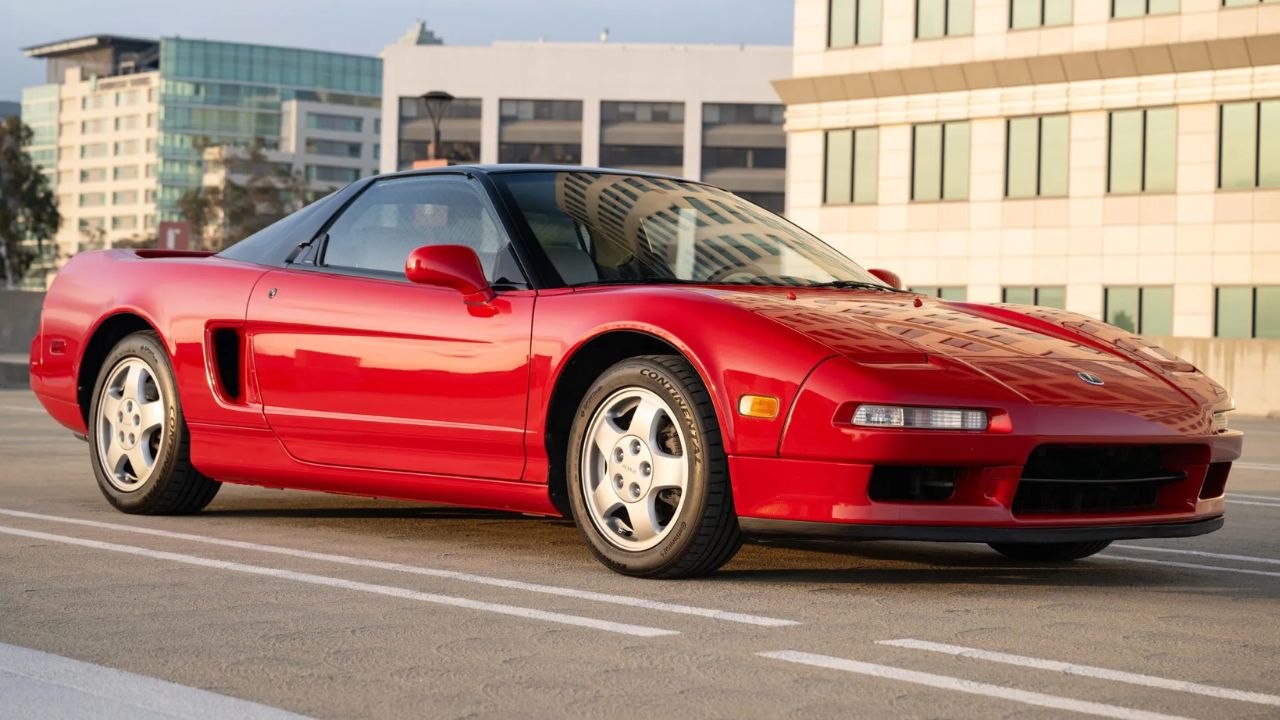
Ayrton Senna, Honda’s F1 driver at the time, provided direct feedback during chassis development. His track testing helped dial in the final suspension tuning. As a result, the NSX handled with far more confidence and precision than most rivals of the era. That racing influence gave it credibility beyond just its badge.
All-aluminum construction
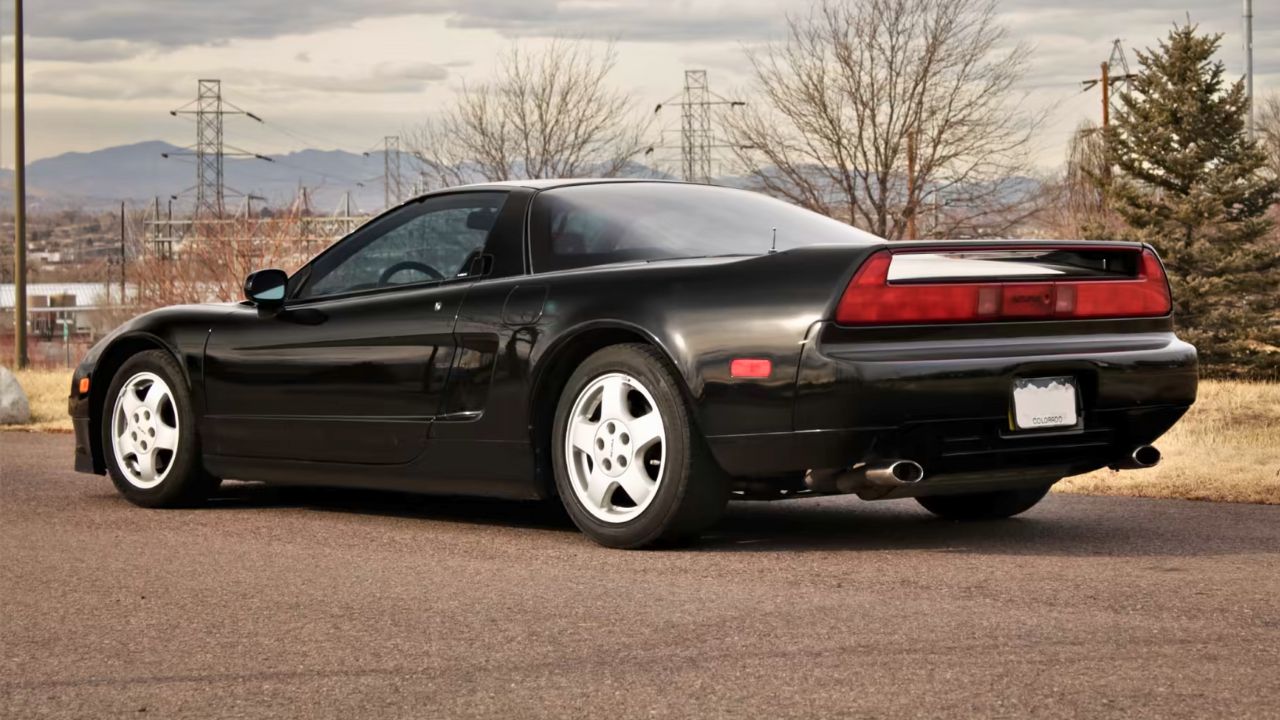
The NSX was the first production car with a full aluminum monocoque chassis and body. This kept curb weight under 3,000 pounds despite luxury touches and a mid-engine layout. It took Honda three years to perfect the welding process, which saved nearly 500 pounds compared to a steel body.
VTEC V6 with real punch
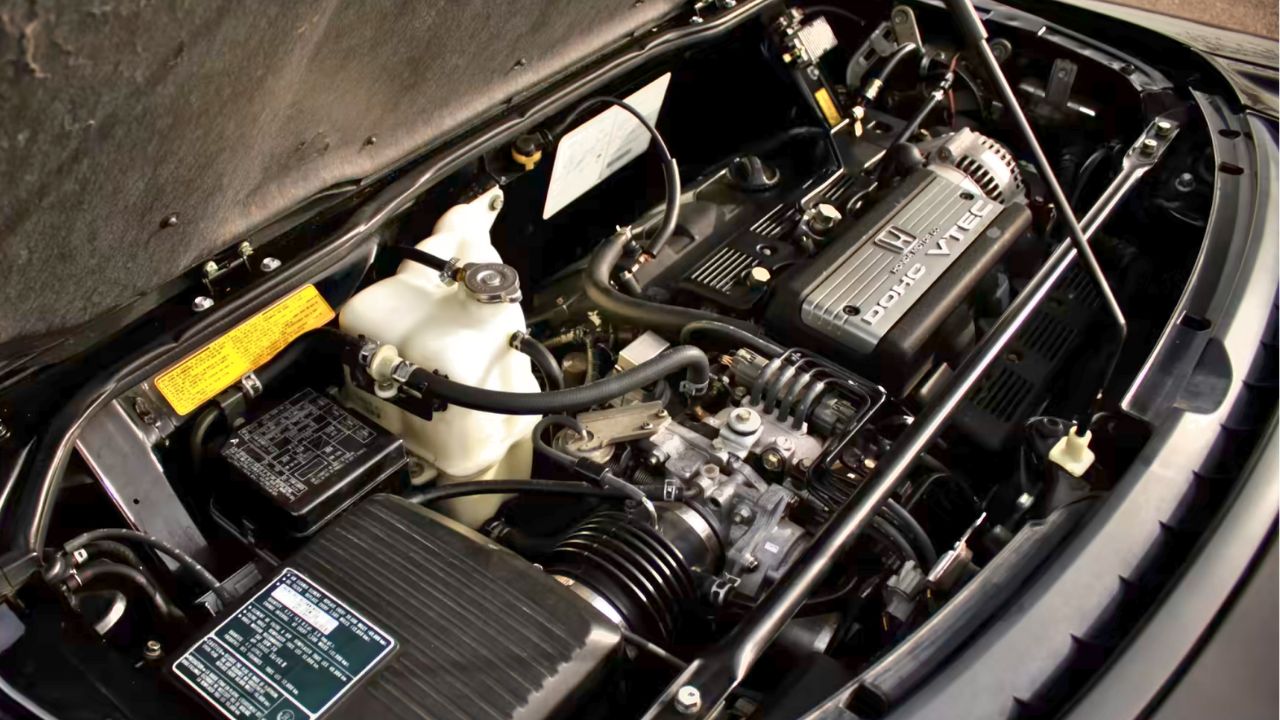
Power came from a 3.0-liter DOHC V6 with Honda’s then-new VTEC system. It made 270 horsepower and 210 lb-ft of torque—plenty for a car this light. The V6 redlined at 8,000 rpm and felt eager all the way there. A 5-speed manual came standard, with a 4-speed automatic available later.
Everyday supercar manners
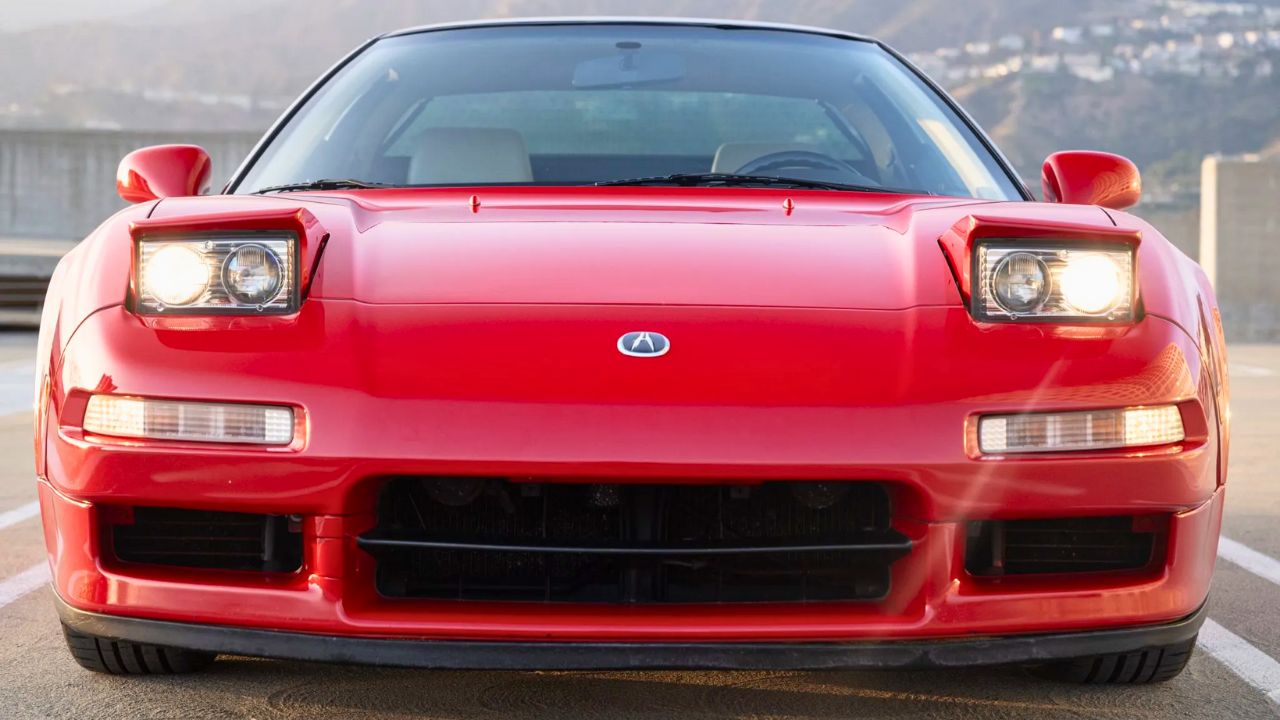
Unlike European exotics of the time, the NSX didn’t ask for sacrifices. It started reliably, idled smoothly, and could be serviced by Honda technicians. It offered air conditioning, a quiet cabin, and real trunk space. You could drive it to work during the week and hit the track on weekends.
Mid-engine balance done right
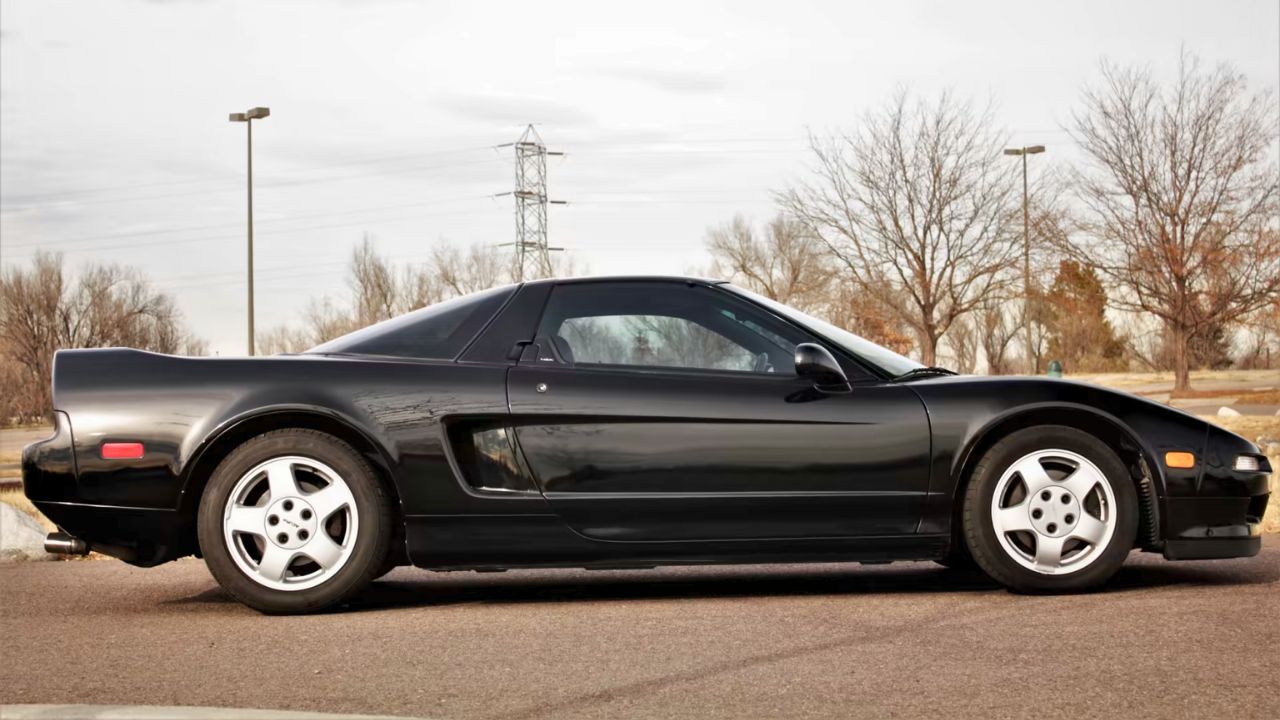
The NSX’s engine sat just ahead of the rear axle, giving it a 42/58 front-rear weight distribution. This translated to excellent balance and sharp turn-in without feeling twitchy. The double-wishbone suspension at all four corners helped keep the ride composed even on rough roads.
Built by hand in Tochigi
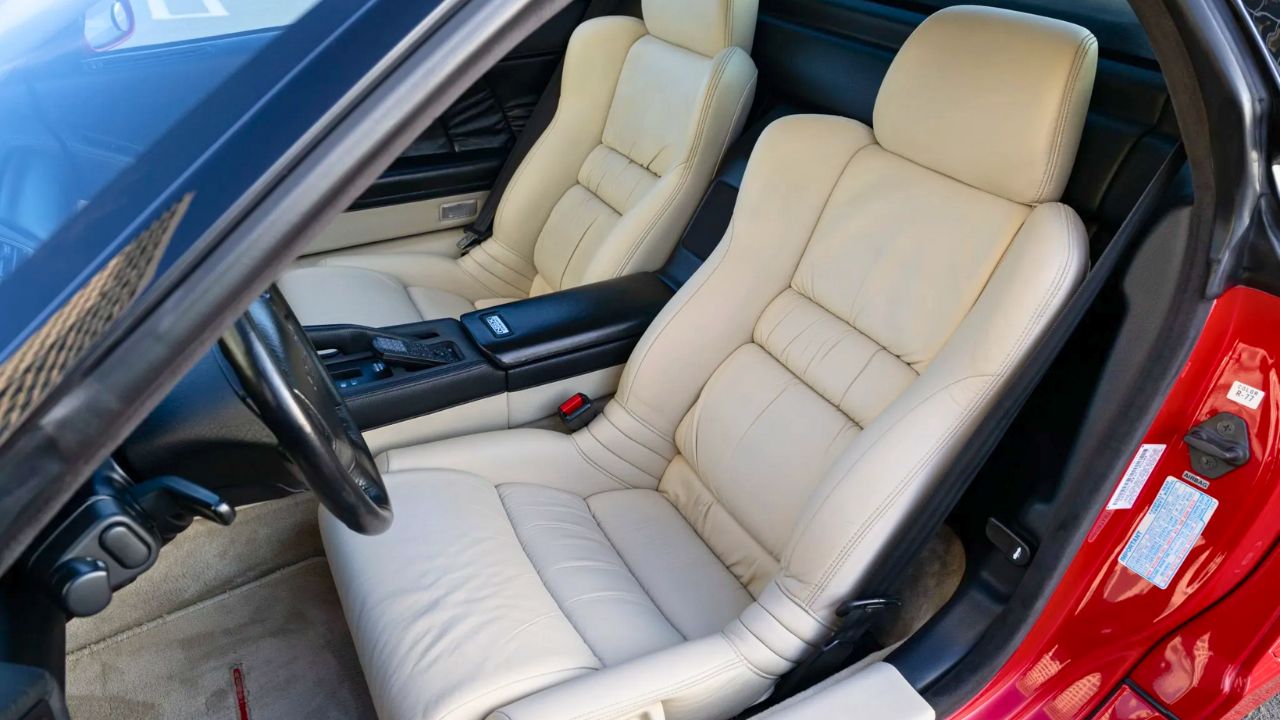
Honda built the NSX at a dedicated facility in Tochigi, Japan, with a team of specially trained technicians. The attention to detail was intense—panels were hand-aligned and engines were balanced by master builders. This process helped give the NSX a level of fit and finish few rivals could match.
Timeless styling
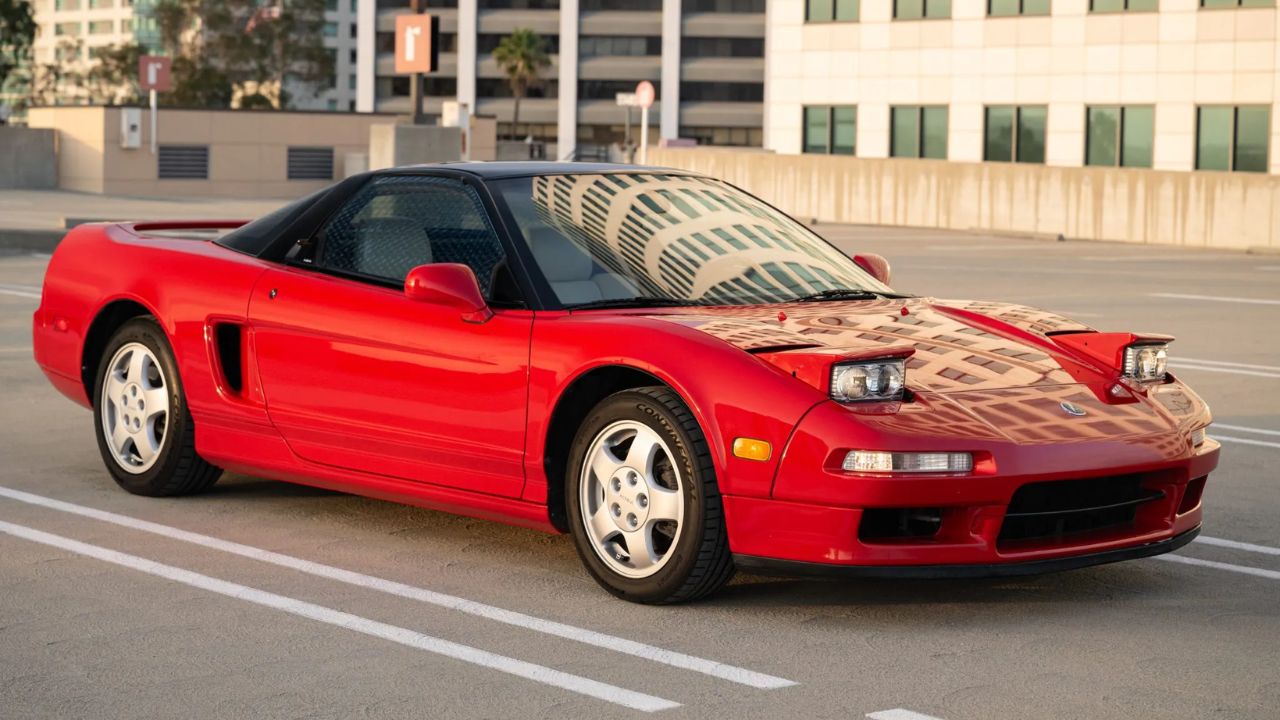
Styled by Masahito Nakano and Ken Okuyama, the NSX was clean, low, and purposeful. Pop-up headlights and a wedge profile gave it the exotic look buyers wanted. Thirty years later, the design still holds up—and that’s rare for a car born in the early ’90s.
Serious brakes and tires
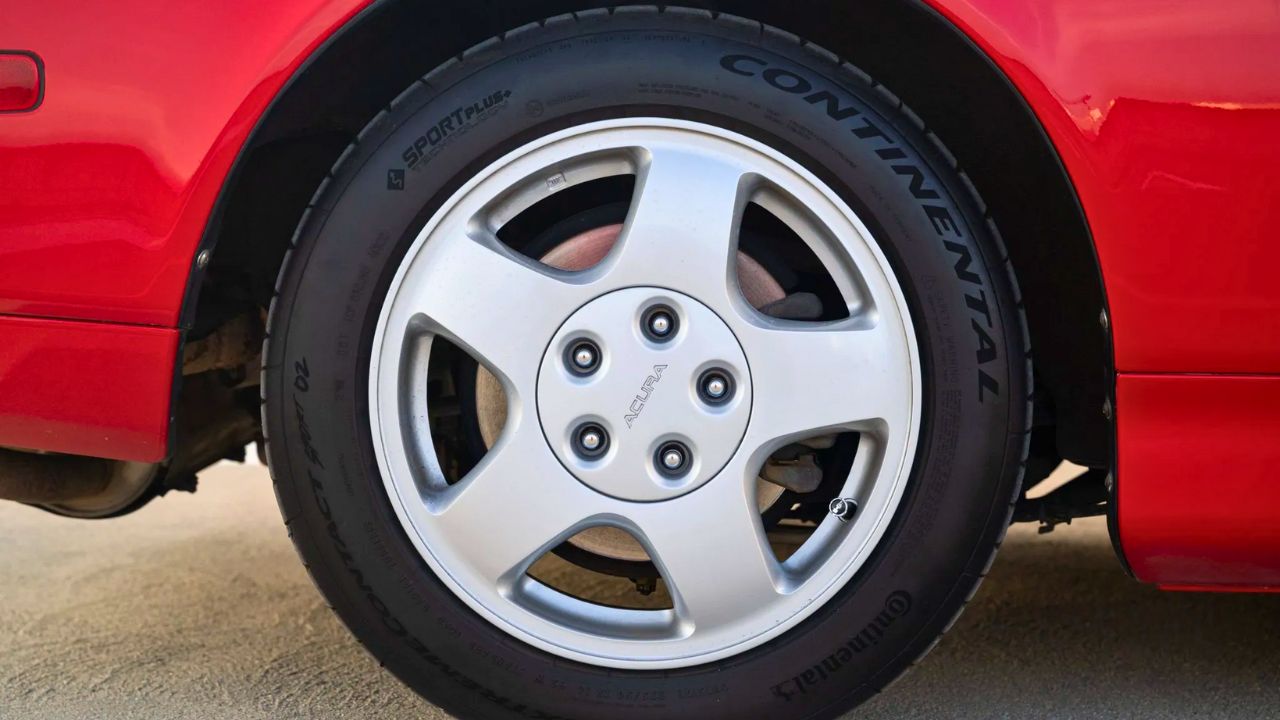
The NSX used ventilated disc brakes all around, with four-piston calipers up front. The pedal feel was firm and precise, even after repeated stops. Factory tires were specially developed Yokohamas, staggered in width to match the car’s weight balance. Grip and confidence were excellent, even by today’s standards.
Production costs were high
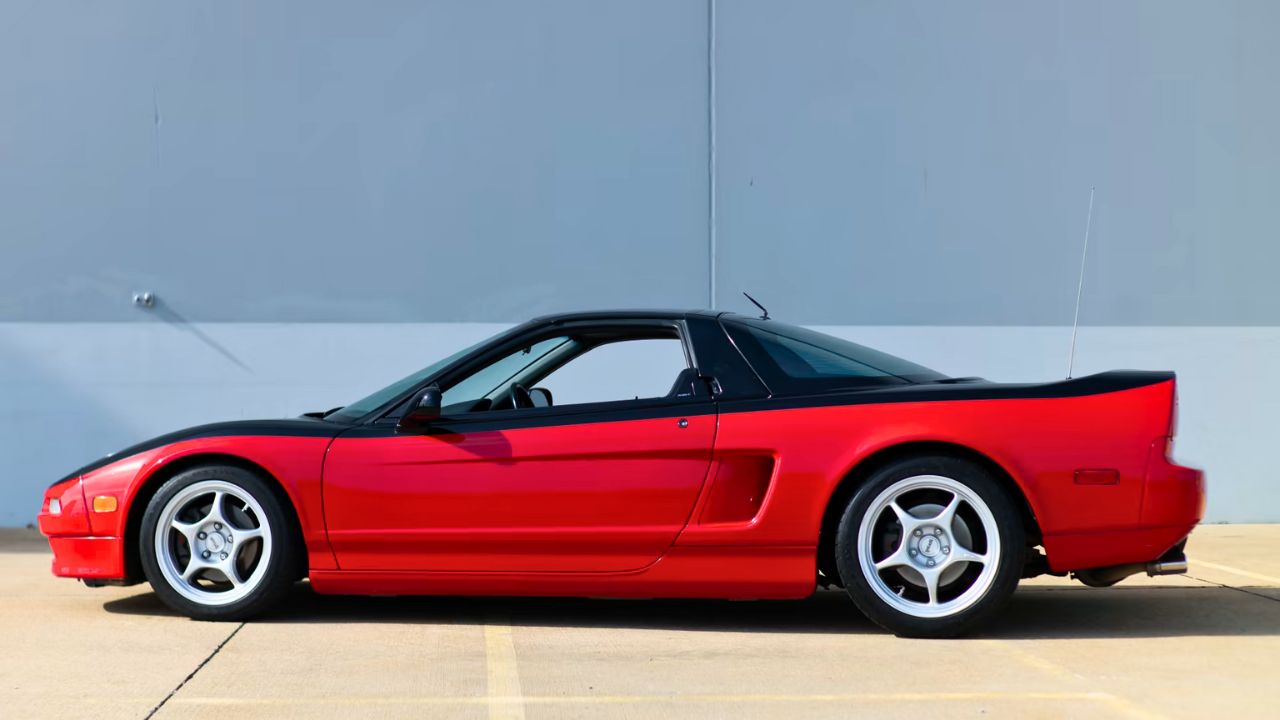
Despite its modest price tag, the NSX cost a lot to build. Estimates put the production cost close to $100,000 per car in 1991 dollars. Honda sold it at a loss early on to prove a point: Japan could build a supercar just as capable—and far more livable—than Europe’s best.
It changed expectations
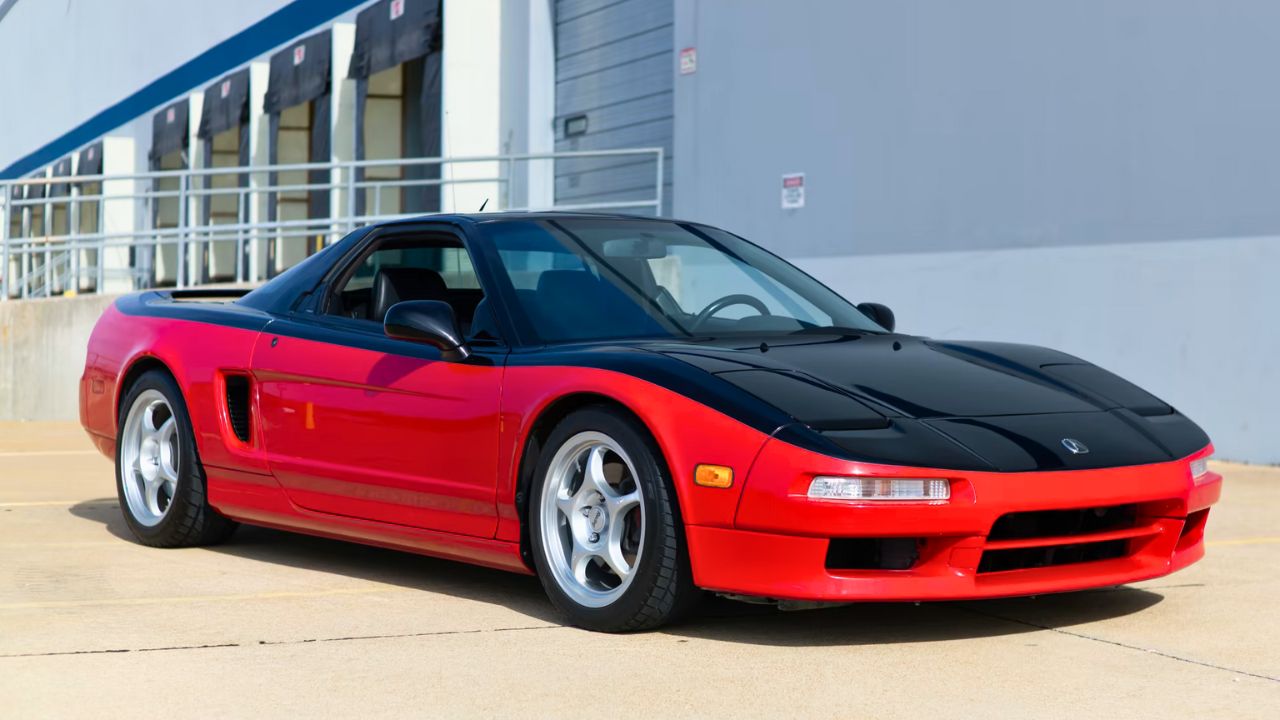
The NSX forced Ferrari, Porsche, and others to rethink quality and reliability. It proved that a high-performance exotic didn’t have to be temperamental. Even today, the NSX is remembered not just for its speed, but for reshaping what people thought a supercar could be.
Like Fast Lane Only’s content? Be sure to follow us.
Here’s more from us:

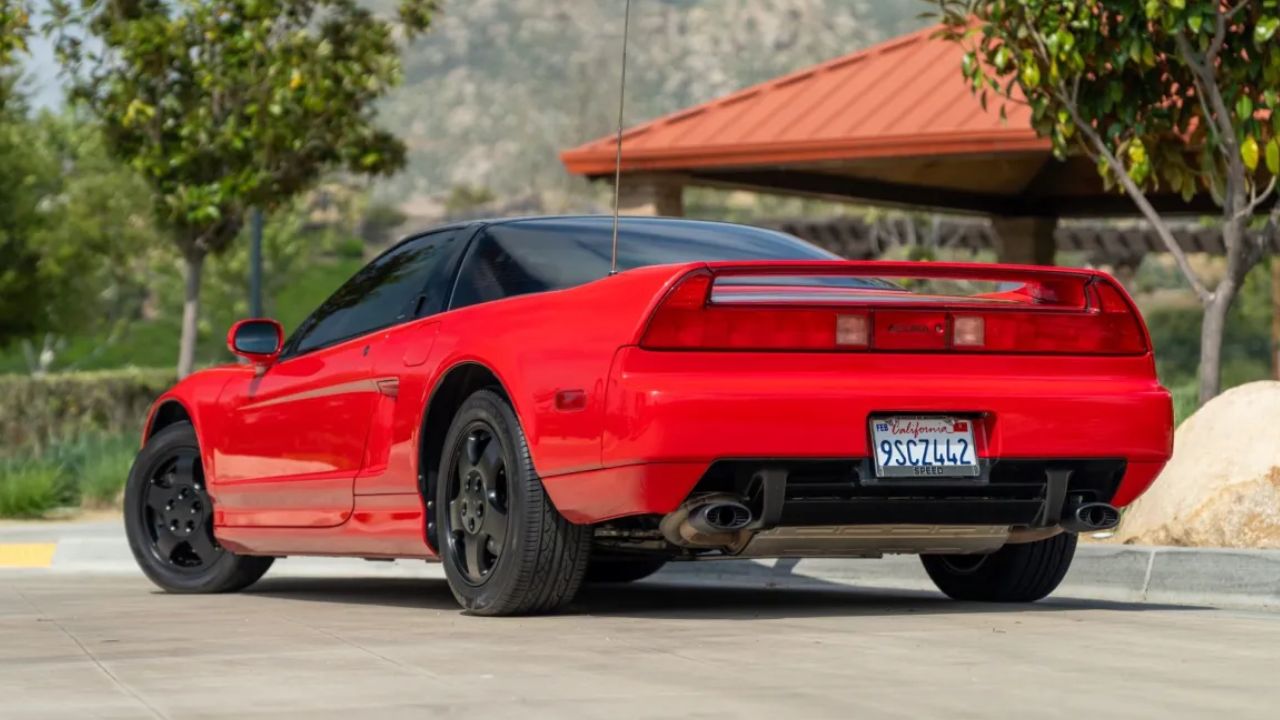

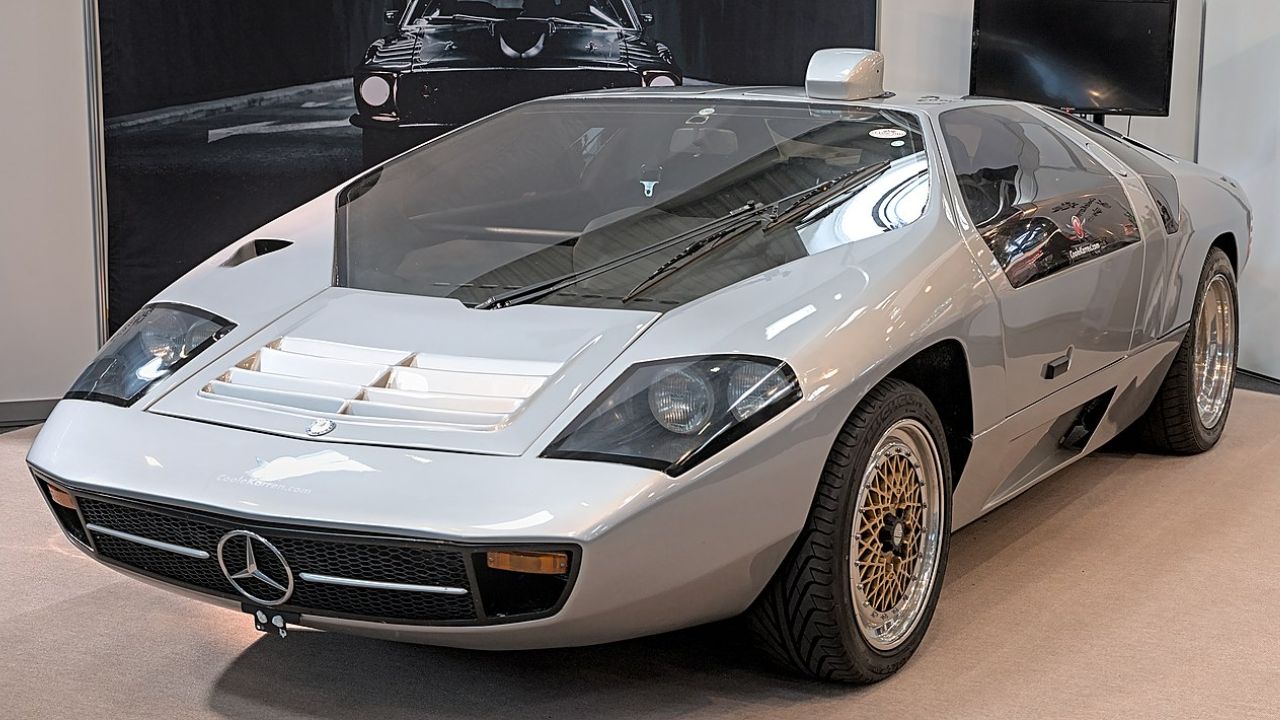
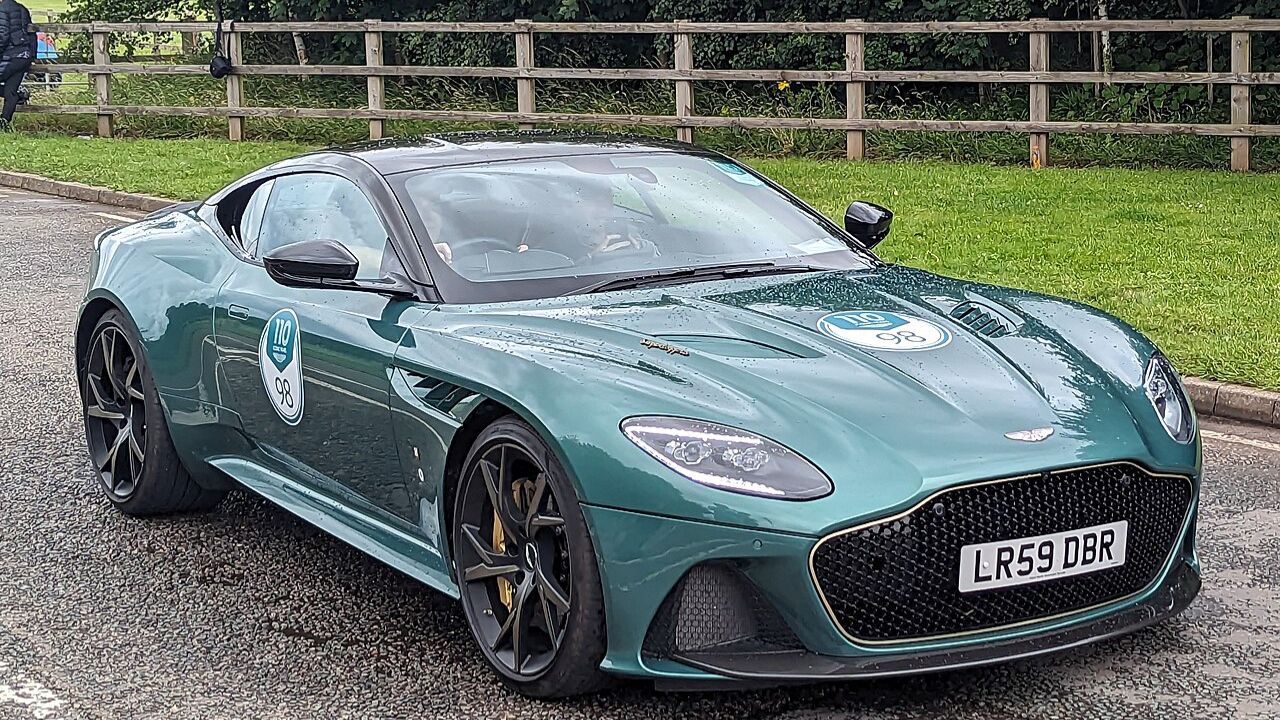
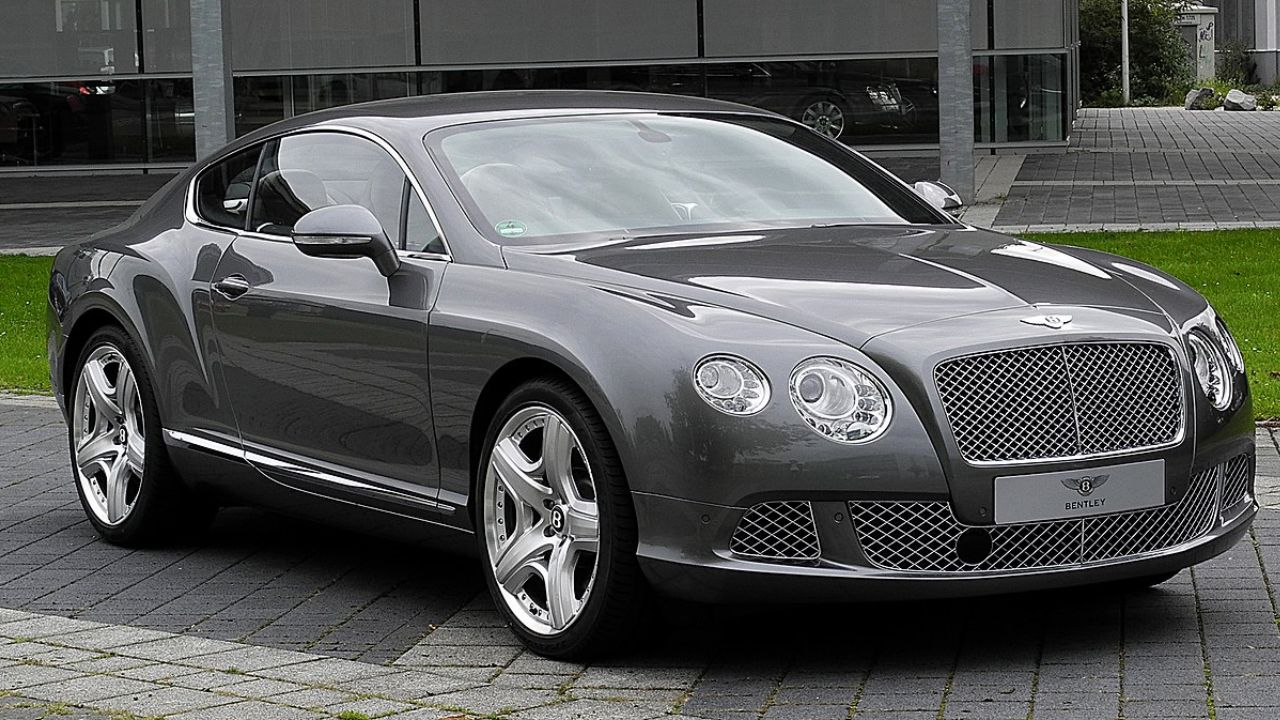
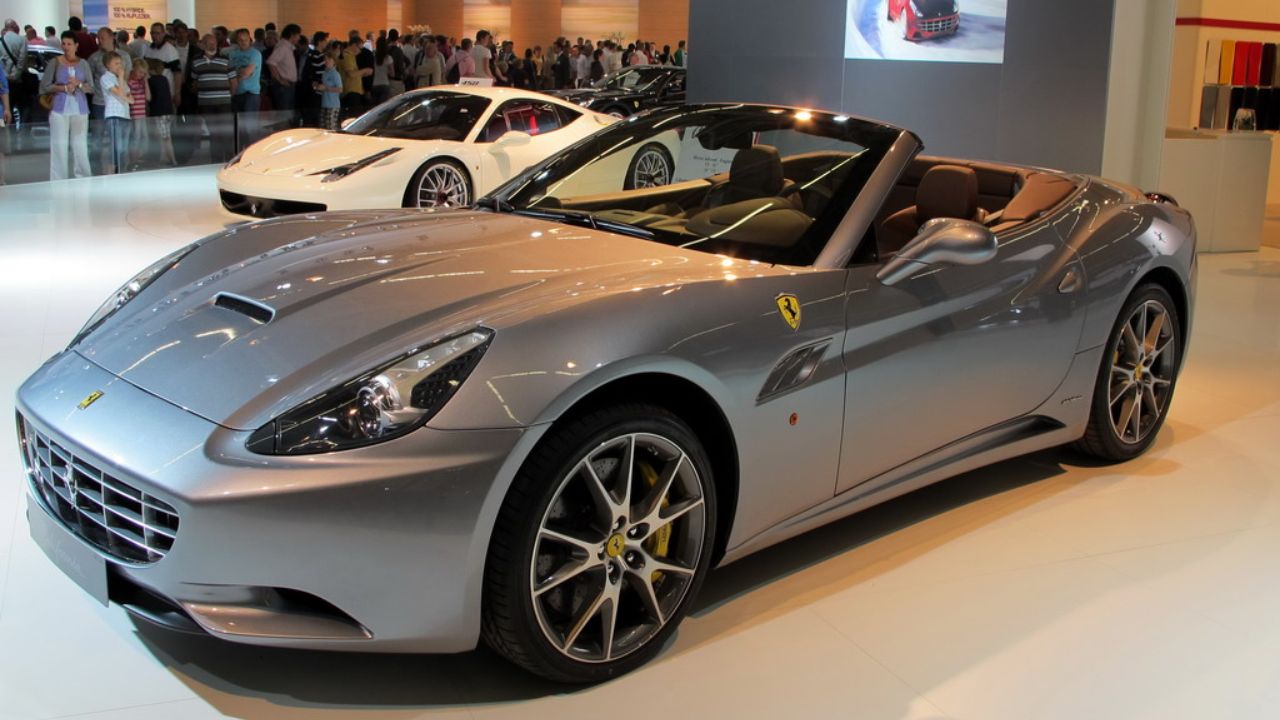
Leave a Reply